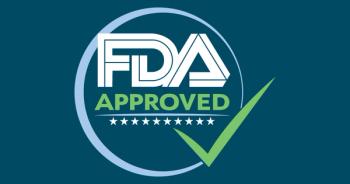
Shock once, resume CPR immediately, then evaluate circulation
Studies have shown that performing rhythm analysis after a three-shock sequence delivered by automated external defibrillator (AED) has been associated with delays of 37 seconds or longer before effective chest compressions are resumed. The AHA now recommends that ventricular fibrillation or pulseless ventricular tachycardia be treated with a single shock. After defibrillation, rescuers provide five cycles or two minutes of CPR before re-evaluating circulation (with a pulse check or rhythm analysis) and then deliver another single shock if it is indicated. Studies have shown that the first AED shock stops the abnormal (arrest) rhythm in more than 85% of cases and that a brief period of compression between shocks delivers oxygen to the heart-thereby improving the likelihood of a successful defibrillation attempt, should that be necessary. This recommendation requires that all AED manufacturers reprogram existing devices to conform to new recommendations.
As recommended in a 2003 ILCOR advisory statement, the 2005 guidelines indicate that AEDs can be used in pediatric patients 1 year and older. A pediatric dosage attenuation system and pediatric paddles should be used, if available.
Newsletter
Access practical, evidence-based guidance to support better care for our youngest patients. Join our email list for the latest clinical updates.







